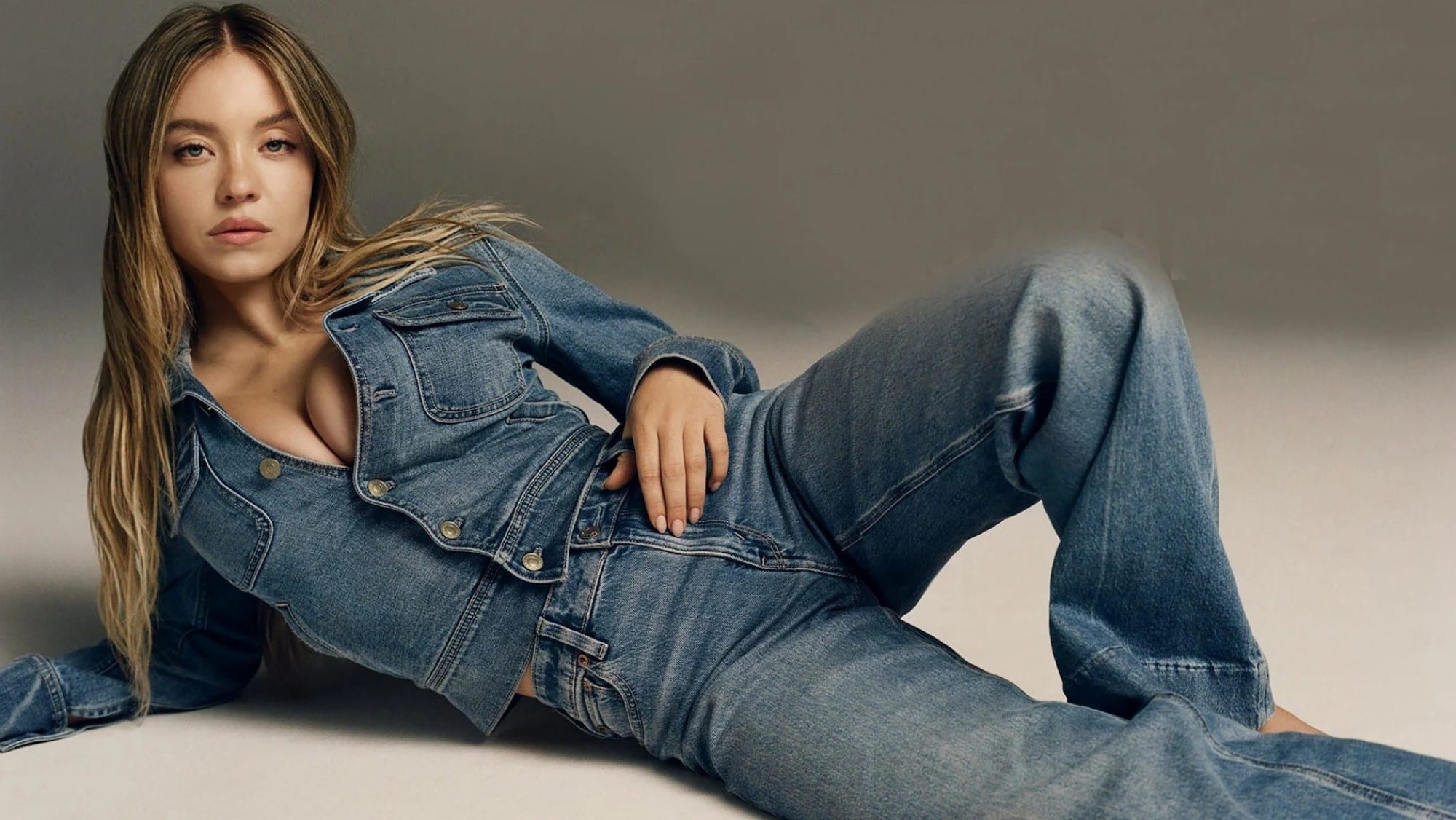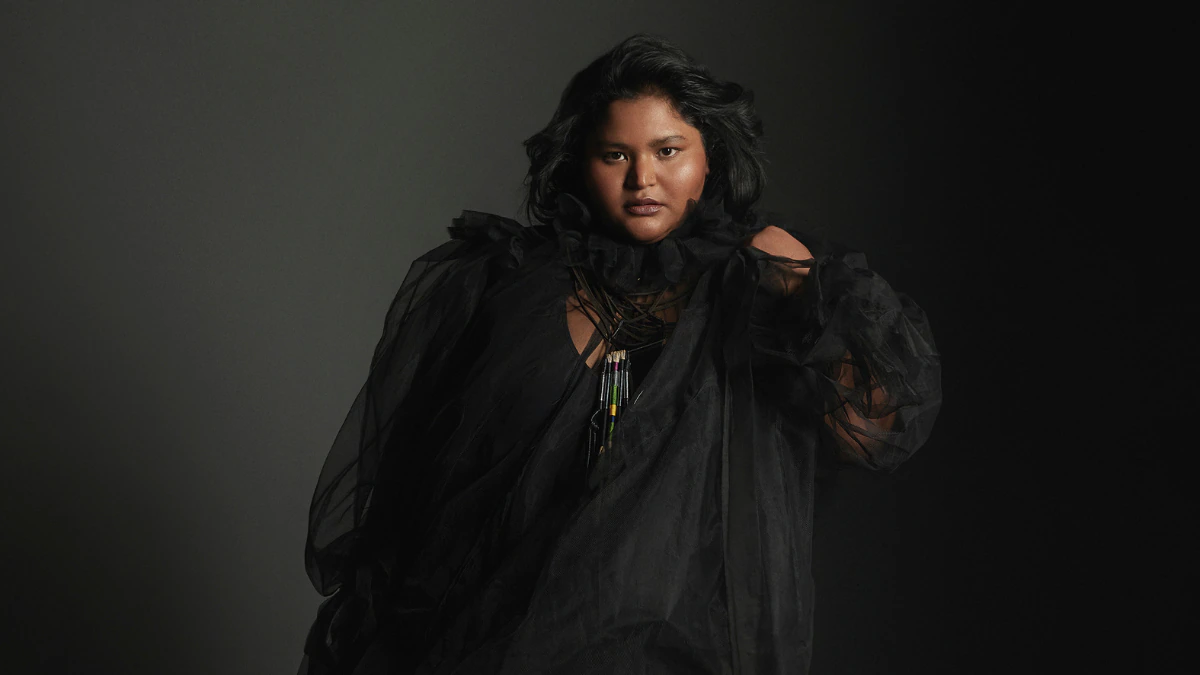I started weight-lifting when I was seventeen. I had joined a posh gym in my hometown with a personal trainer and have never looked back since. When I moved out and began working out myself, I began to observe things around the gym that I hadn’t before. Finding myself in the weights section, I was struck with a question: where are the women? I had seen women power-lifters on the internet, and competing at the Olympics, but somehow, they seemed to be missing here.

Image Source: Grand Slam Fitness
Gymnasiums are intimidating spaces. A standard gym on a weekday evening will find two kinds of crowds in it: those on the cardio machines and those in the weights section. The weights section can hear the loud thumping and banging of heavy barbells and plates hitting the floor, a few grunts and swear words, and just a lot of men. For the gym has always been a masculine domain.
Gendered expectations of physique and body, and the stigma around women occupying spaces they shouldn’t, has rendered the gym as a space predominantly occupied by men. Women lifters are an aberration to the norm. There a few women who do dare to venture into that section of the gym, but they quickly lose motivation or find themselves discouraged, and retreat to the comfort of other women in the cardio section. What makes it even more difficult is that there are very few, and sometimes no women trainers accessible to them in mixed gyms.
The weights section can hear the loud thumping and banging of heavy barbells and plates hitting the floor, a few grunts and swear words, and just a lot of men. For the gym has always been a masculine domain.
Stigma of the Masculine Body
The expectations of women’s bodies have conformed to the larger narrative of women’s position in society. They are meant to be petite, small, slightly curvy; a definite non-threat to men. Hence, words like ‘muscles’, ‘abs’, ‘biceps-triceps’, ‘traps’, etc., are almost made foreign to women. They exist only while describing men. As a woman lifter, the first question I am always posed with when speaking to women about the gym is, “Aren’t you afraid that you’ll end up with a man-like body?”
It always baffles me, the degrees of misinformation about physique and nutrition that women are subjected to. Muscular women are ‘scary’. They are scary because they don’t fit the criteria of desirability in the current patriarchal structure that demands women be a certain way that doesn’t threaten the masculinities of men. Women with muscular thighs, broad shoulders, strong biceps, then become an area of concern and not of appreciation for athleticism. Lifting weights accentuate the muscles that are already in the body; it doesn’t ‘create’ muscles that one doesn’t possess.
Comments about how a certain lifter’s body is too ‘manly’, simply does not make sense because by virtue of being and identifying as a woman, regardless of what shape her body is, it cannot be anything but womanly! Athletes like Serena Williams have faced various degrees of humiliation and downright hostility for having a muscular body despite being perhaps of the greatest athletes in the history of tennis! Women like Bani J, who are active on social media about their workouts have faced backlash for ‘looking like a man’ or ‘ruining their body’.

Image Source: Hindustan Times
Also read: Fat Shaming is a Feminist Issue: And it’s time we talked about it
Several ‘Women’s Health’ websites online propagate the narrative of the petite, small and curvy women by discouraging them from lifting weights. Not only are they physiological myths, but they also reinforce the idea that women should not ‘look’ strong. I have come across several websites promoting alternative methods of achieving ‘body goals’ including fat burning pills, laxatives, waist-trainers, and even ridiculous diets; anything but lifting weights.
A lot of women justify their disdain for weight training and a muscular body because it is ‘their choice’ to have a lean and soft one. Perhaps a question posed to such people could be: What kind of a narrative shaped and formed your ‘choice’? Aren’t our choices to be certain kind of ‘body-types’ influenced by the hegemonic norms of what is considered ‘attractive’ ?
Muscular women are ‘scary’. They are scary because they don’t fit the criteria of desirability in the current patriarchal structure that demands women be a certain way that doesn’t threaten the masculinities of men.
Seeking Help
The strongest deterrent to hitting the gym for women is perhaps the fear of ridicule. I know a lot of women who shy away from going near the weights section simply because they don’t feel like they can approach someone else for some guidance; they don’t have the opportunity of asking fellow women lifters since they are a scarcity. However, should they find one, they are very open about seeking assistance.
As a university student, several of my batch-mates, and other women I have met in the gym, have asked for guidance to start lifting. However, very few have followed through. It could always be the lack of motivation or sheer laziness, that plagues both genders, but it’s peculiar that the drop-out rate of women from the gym is surprisingly high. Women become extremely conscious of their body and how they look while exercising. That’s usually the reason they join to begin with: they aren’t happy with their bodies.
Interaction with Men
For this section of the article, I spoke to some of my fellow women-lifters, to understand their experience and interaction with the majority population of the gym—men. The responses have been mixed. There were several women who had told me that they didn’t have any ‘bad experiences’, and that most of them were left alone to workout in peace and didn’t have any troubles apart from the occasional flirting in the gym. These were most of my peers from privileged backgrounds or from families where parents were former athletes. To expand the sample size, I had to involve and speak to women outside of the private-posh-gym circles—local women power-lifters and bodybuilders.
From my observations: the problem isn’t with the fact that these women lift heavy; they are a subject of awe. It’s quite unfathomable that women, who are physically considered ‘weaker’, are lifting as much as those who have the biological advantage. A lot of women weightlifters’ experiences hence have been that of being viewed either with envy, or with awe. Which, prima facie seems as a good thing. However, it stems from a very gendered understanding of what women are supposed to be doing. It’s almost like praising a man for changing diapers. It shouldn’t have to be so.

Image Source: Girls Gone Strong
There is another notion that comes with women who lift: we are ‘progressive and open’, and hence ‘easy’. If our gym wear includes tights and crop tops or sports bras, it’s almost an invitation for men to approach us in the middle or after a workout. I recall a case of where an acquaintance had to call the authorities over a 30-something man, when she was seventeen, who would follow her from machine-to-machine and then even to her car, leave the gym at the same time, and offered her a ride home repeatedly, even after she had declined several times. These are instances terrify women into not coming back to the gym altogether.
Are there any such things as ‘Gendered Exercises’? How are they different?
At first glance, it wouldn’t be apparent that there can exist such a thing as ‘gendered exercises’ in the gym. Are there different exercises for men and women? Apparently, there are. Women seem to prefer more cardio-oriented exercises to strength training. They also tend to prefer more holistic approach to exercise that combines the factors of the mind as well as the body, with higher degrees of coordination.
Exercise such as yoga, pilates, and Zumba are more popular among women whereas, men prefer more athletics-based exercise that they can tap into from prior sporting experiences. Their exercise patterns are more mechanical. Men tend to have more upper-body strength, and they develop it further to have a ‘broader’ body-type. Similarly, women have lower-body strength that isn’t purely physiological, but could also be for better ‘curves’ and legs.
No matter what kind of workout they prefer, women generally work out less than men, with most citing lack of time as a reason, according to Amy Eyler, PhD, assistant professor of Community Health at Saint Louis University,School of Public Health. “Women are too busy taking care of others to take care of themselves,” Eyler says in a news release. “Their dedication to family presents substantial time and logistical barriers to being physically active.”
Also read: Confessions of a Skinny Girl: Your Comment on My Body is Rude
Conclusion
It isn’t all that bad. As more women are stepping into the gym and facing their inhibitions, the gap between men and women and their experience in the gym is getting narrower. Companies such as Nike are working to create more inclusive forms of clothing (including hijabs and ‘plus-size’ clothing). Perceptions of body and gender can be strongly influenced by media and it truly befalls creators to not rely on lazy stereotypes of muscular women and women who choose to engage in traditionally ‘masculine’ exercise.
Featured Image Source: The Independent
About the author(s)
Nayonika Sen is a Marxist feminist law student. Passionate about history, literature, writing, and smashing Patriarchies! Academic at heart.




